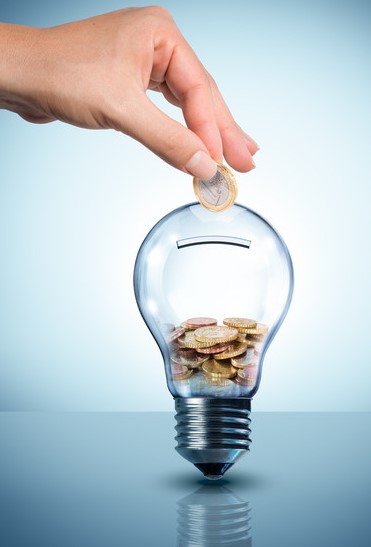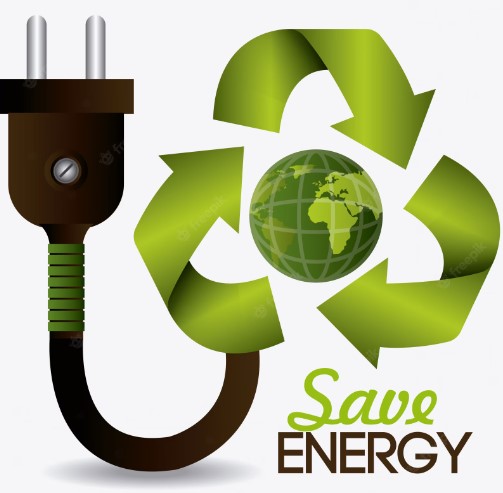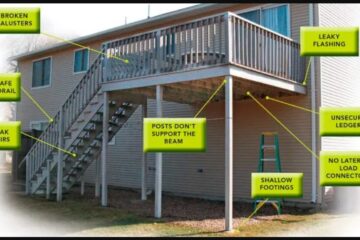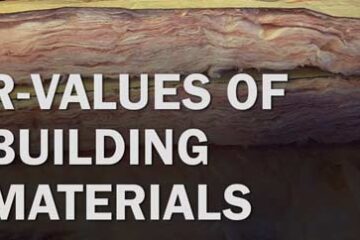The best return on investment when saving energy in your home can vary depending on a number of factors such as the age and type of your home, your local climate, and your energy usage patterns. However, some common strategies that are known to provide a good return on investment include:
- Sealing air leaks: Caulking around windows, doors, and other openings can prevent drafts and reduce heat loss.
Sealing air leaks is a cost-effective way of reducing energy consumption in your home. Caulking around windows, doors, and other openings helps prevent drafts, which are the main source of heat loss in a home. By stopping air leaks, you can significantly reduce the amount of heat that escapes your home, thereby reducing your heating bills and increasing the overall energy efficiency of your home. This simple and inexpensive solution typically offers a fast payback period, making it a popular choice for homeowners looking to save energy and money. - Investing in efficient lighting: Replacing incandescent light bulbs with LED or CFL bulbs can reduce your lighting costs and reduce your carbon footprint.
- Insulating your home: Adding insulation to your walls, attic, and floor can help reduce your energy bills and improve the comfort of your home.Air sealing a home is often considered more cost-effective in terms of energy savings compared to insulating walls and floors. This is because air leaks can account for up to 30% of a home’s energy loss, so sealing these leaks can have a significant impact on reducing energy consumption. Sealing air leaks is a relatively simple and inexpensive process that can be done with caulk or weather stripping. On the other hand, insulating walls and floors can be a more extensive and costly project, and may not always be necessary if air leaks are the main source of energy loss. By addressing air leaks first, homeowners can often see immediate results in terms of energy savings, which can help to justify the cost of further insulation measures if necessary.
- Upgrading your heating and cooling system: Replacing an outdated heating and cooling system with a more efficient one can greatly reduce your energy usage and costs. Upgrading your heating and cooling system is typically a more expensive energy-saving measure compared to air sealing and insulation, and it also has a longer payback period. This is because HVAC systems are usually larger investments, with costs that range from several hundred to several thousand dollars, depending on the type of system, the size of your home, and the scope of the work. On the other hand, air sealing and insulation projects are usually smaller and more affordable, with a quicker return on investment. So, while upgrading your HVAC system can have significant benefits in terms of energy efficiency and comfort, it requires more investment and patience to see the financial return.
- Installing a programmable thermostat: This can help you control your heating and cooling costs by automatically adjusting the temperature in your home when you are away or asleep.
- Installing Energy-efficient windows: Installing new windows can be a great way to reduce heat loss and improve energy efficiency, but it is also a costly and long-term investment. Replacing single-pane windows with double-paned, low-e windows can significantly improve the energy efficiency of a home, but the payback can be substantial and can take many years to see a return on investment. While this option is worth considering for some homeowners, it is important to weigh the cost against the benefits and determine if it is the right choice given the specific circumstances and budget constraints.
In conclusion, when it comes to saving energy and reducing costs in your home, it is important to consider the cost-effectiveness of different strategies. While upgrading your heating and cooling system may provide more significant energy savings, it is also more expensive and has a longer payback period. On the other hand, simple measures such as sealing air leaks and caulking around windows and doors can provide a faster payback and a better return on investment for limited budgets. Ultimately, the best strategy is to prioritize the measures that provide the most cost-effective energy savings and the quickest payback period.




